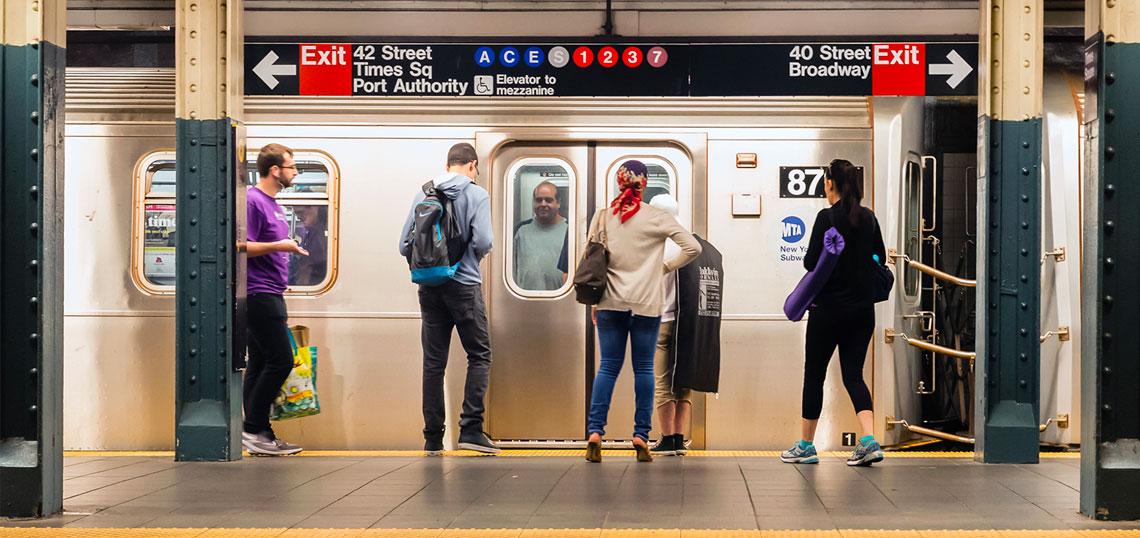Does NYC really need all-night subways?: "It seemed possible that 24/7 service was really a bane on the system’s existence — a display of New York exceptionalism that helped push the city toward the bottom of the list for transit service among world capitals. But, as a closer look into the backlash to the pandemic-era subway closure reveals, night trains may be more than just emblems of the city’s famously restless ways: After a year of unprecedented tragedy, they might be the key to restoring normalcy, New York-style." (CityLab)
PAC money will play a big role in this year's City Council races: "Coming from two ends of the political spectrum, Common Sense and Our City's interest in the Council races showcase the legislative body’s power in steering the visions of multi-million dollar rezoning proposals while locking up bills in committee or voting them down altogether. As the city remains in economic turmoil wrought by the pandemic, crafting a vision for recovery has remained front and center, with two divergent viewpoints: the business community vying for greater public-private partnerships (Ray McGuire, a mayoral candidate, is supportive of it) and progressive groups seeking to ensure that the working class is remembered for their efforts during the pandemic." (Gothamist)
City finances 30,000 affordable homes in 2020: "The newly financed homes keep New York City on track to meet its goal to provide 300,000 affordable homes by 2026. On February 9, 2021, Mayor Bill de Blasio announced that the City financed the construction and preservation of 29,521 affordable homes in 2020. Fifty-seven percent of the affordable homes financed in 2020 will serve families of three that earn less than $52,000 per year. The city has financed over 177,000 homes through the Housing New York plan since 2014. The city has leveraged over $7.4 billion in city capital subsidy to drive a $39.4 billion investment for the five boroughs." (City Land)
Shadow-casting Brooklyn Botanic Garden towers get a haircut: "Developers of a pair of proposed Crown Heights towers that would overshadow part of the Brooklyn Botanic Garden have revealed two shorter alternatives — with less or even no affordable housing. A newly launched website outlines a 17-story residential development at 960 Franklin Ave. as a possible fallback from plans for a 34-story project currently going through the city land use review process. Mayor Bill de Blasio and local City Council Member Laurie Cumbo, each of whom has key votes on the project, have both voiced their opposition to the towers from Continuum Company, following public uproar and three years of pressure from garden leaders." (The City)
Community Housing Improvement Program (CHIP) tenants continue to miss rent payments: "Roughly 17% of a major landlord group’s tenants did not pay their February rent, according to a new survey from the group. The Community Housing Improvement Program survey found that 16.6% of its members’ residential tenants paid no rent in February, and about 11.7% of its members’ apartments are vacant. CHIP has been conducting monthly surveys since April, and this marks the seventh month in a row that the vacancy rate has been higher than 10% for the group’s largely rent-stabilized buildings." (Crain's)
Five struggling NYC landlords share their stories: "I own a small (four-family) brick building that I purchased about six years ago. I have one tenant who has not paid the rent since April 2020 — no explanation, no communication, nothing. Two of my other units are vacant, and it’s difficult to get people in there right now. The previous occupants were also people who decided they didn’t have to pay during the pandemic. Basically, I have one paying tenant." (Curbed)
Art Deco lobby of the McGraw-Hill Building under threat: "An effort to preserve one of New York City’s best examples of Art Deco design is underway. The owner of the McGraw-Hill Building at 330 West 42nd Street has tapped MdeAS Architects to redesign and modernize the structure’s exterior, including new doors and signage. But after renderings from the architects surfaced on Twitter this month that showed what looked to be the 1931 lobby of the Hell’s Kitchen building devoid of its iconic alternation blue-green steel bands and other signature elements designed by Raymond Hood, preservationists and architectural groups sprung into action." (6sqft)






